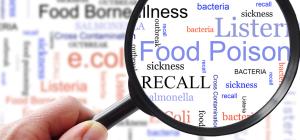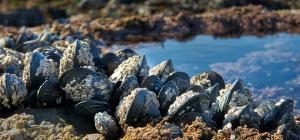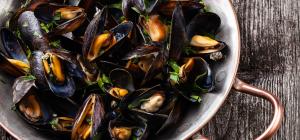
What are buzz buttons and what are the known risks associated with exposure to them?
Body
Primary inquiry
Buzz buttons were seen on the menu for a special event at which food was served. An environmental health officer inquired about the following:
- What are buzz buttons and how are they consumed and used?
- What are the known risks associated with exposure to buzz buttons?
- What are the current regulations regarding the use of buzz buttons?
Background
The term buzz button refers to the flower of the Acmella oleracea (A. oleracea) plant, an herb that grows throughout the tropics and in many temperate zones and is used in cooking and traditional medicine and as an ornamental plant. A. oleracea has many common names. Some names such as buzz buttons and Sichuan buttons are descriptive terms for the effervescent and numbing sensations produced when the plant’s flower enters the mouth. Other common names relate to the appearance of the flower (e.g., eyeball plant, spot plant) or to the plant’s use in traditional medicine (e.g., the toothache plant), while others relate to its uses in food (e.g., salad cress, paracress) and others are traditional names used in countries where the plant is native (e.g., agriao do para, jampu, jambu oleoresin). Various parts of A. oleracea are used to flavour foods and within traditional medicine. The plant grows to a height of 60-90 cm and has flat, tear-shaped leaves that range in length from 2 to 6 cm. The flowers (i.e., buzz buttons) are round and yellow with a dark red spot at the top.
The flowers and leaves of A. oleracea are known for their strong, pungent and often astringent taste. The main active compound, known as spilanthol or affinin (molecular formula, C14H23NO)6, is most highly concentrated in the flowers, leaves and roots and is responsible for the distinctive taste and therapeutic properties attributed to the plant. The more well known properties include analgesic, local anesthetic, anti-inflammatory, diuretic, and gastroprotective. Extracts of spilanthol and N-alkylamides from the plant
have also been shown to be effective in controlling certain species of mosquitoes and moths.
Methods
This inquiry was answered using three approaches:
- Expert consultation with specialists in food safety and toxicology from a local health agency,
- A rapid search and review of the scientific literature, and
- A review of regulations and guidelines pertaining to A. oleracea, spilanthol and affinin.
Information from the food safety and toxicology specialists provided preliminary guidance toward setting the scientific background. This consultation also provided background on the extent to which different groups within the environmental public health sector (e.g., environmental health officers, poison control centres) have dealt with buzz buttons and related products. The rapid literature search of peer-reviewed and grey literature was conducted by the NCCEH’s information specialist through UBC’s EbscoHost (which provided access to Medline, CINAHL, and Biomedical Reference Collection), Ovid (Embase), Web of Science, Google Scholar, and Google.
A separate search of government documents and professional organizations was conducted to determine official regulations, authorizations and classifications in force for the use of A. oleracea and spilanthol in foods, flavourings and therapeutic agents. Sources consulted included Health Canada, the Food and Agricultural Organization of the United Nations (FAO), the World Health Organization (WHO), the European Food Safety Authority (EFSA), the US Food and Drug Administration (FDA), the US National Center for Biotechnology Information (NCBI), the US Toxicology Data Network (TOXNET) and the Flavor and Extract Manufacturers Association of the United States (FEMA).
Results
The results of the investigation and a complete bibliography are summarized in the attached document.
Citation
Freeman, S. What are buzz buttons and what are the known risks associated with exposure to them? Vancouver, BC: National Collaborating Centre for Environmental Health. 2019 Mar.








